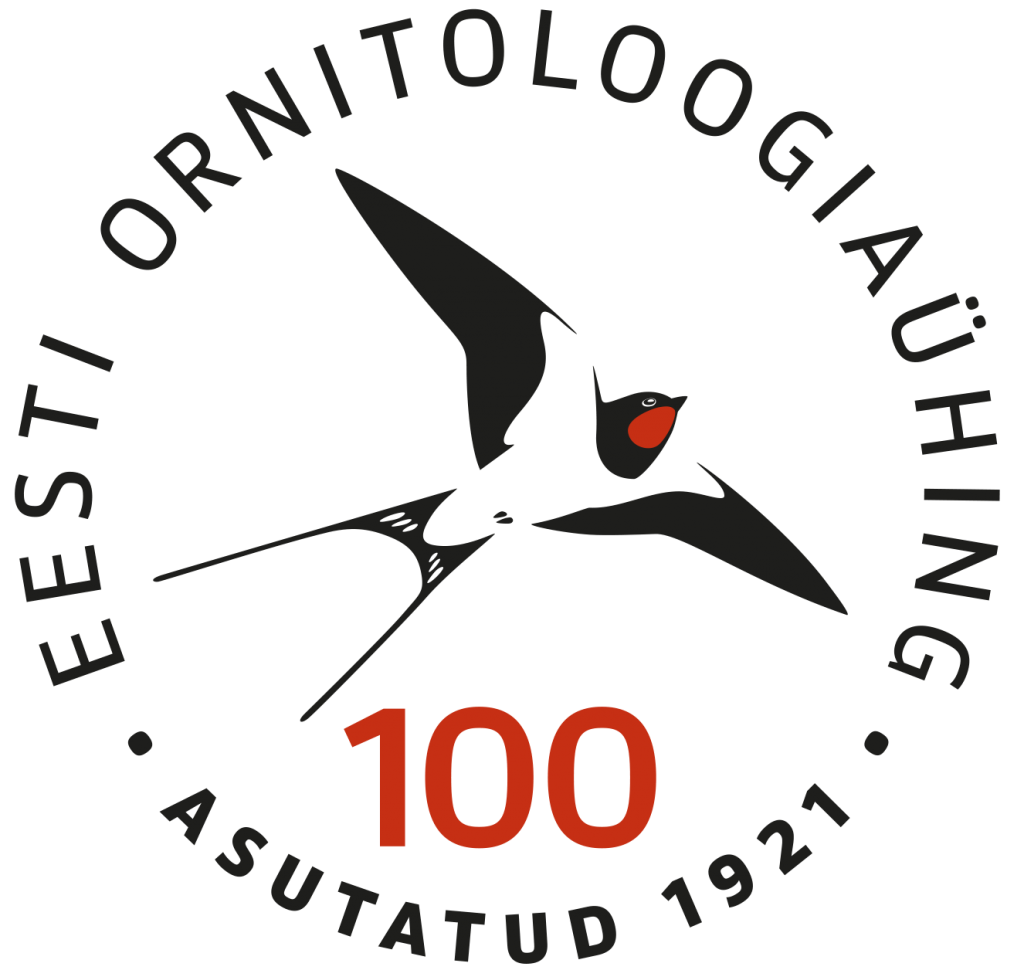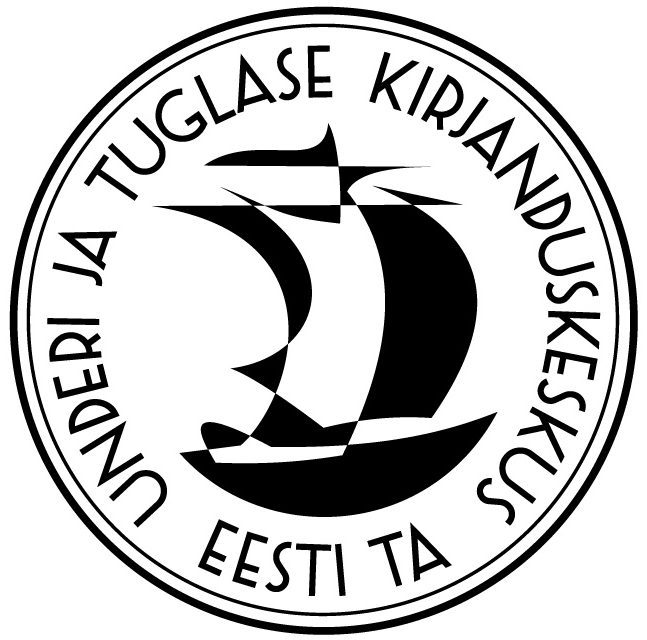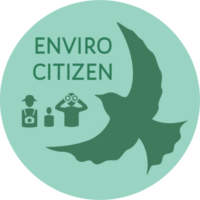Birds in the Archive and Museum
About the exhibition
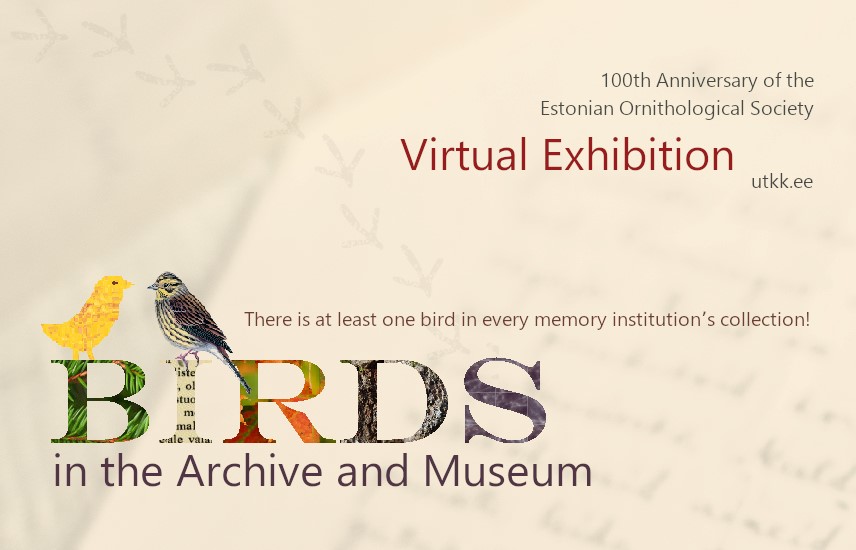
In 2021, as part of the 100th anniversary of the Estonian Ornithological Society (Birdlife Estonia), we began to compile a reflection on how birds have flown from the natural environment into the collections of memory and research institutions. To do this, we asked libraries, archives and museums to send us birds and their stories that have been considered important to be preserved. The curators were rather excited to see whether they would manage to get hold of at least 100 exhibits – and the answer was yes! However, if someone feels that any collection is still unrepresented or would like to send in additional birds – these will be gratefully received (keskkond@utkk.ee).
The exhibition is supported by a virtual tour on the museum page of the Literature Center – all garden birds should be found there too!
The website of Birdlife Estonia https://eoy.ee/ indicates that Estonia is a bird-rich area: 401 bird species have been observed here and up to 20 million pairs of birds nest in Estonia. Over half of these are nesting birds, but there are also exciting visitors who stop by during their wanderings or because of stormwinds. The country is located on internationally important bird migration routes. The broad range of the winged world of birds is closely connected with our environment as a whole, and it also provides knowledge about environmental changes. Thus, the behaviour of birds can tell us about impending climate change. More and more birds who previously flew away for the winter are staying on, and wanderers are returning earlier and earlier. Habitats suitable for birds in forests, fields, coastal areas and wetlands are decreasing due to human activities and 69% of the bird species nesting in Estonia are in unfavorable conditions. Bird watching is a good way to get to know the natural world: wisdom about the surroundings is not born by itself but requires observation, thinking and communication, as Asko Lõhmus, professor of conservation biology, says.
This virtual exhibition reflects how birds have flown from their natural environment into our cultural heritage and art, paintings and everyday items, books and the raising of children; from there, in turn, to museums, archives and libraries. There is definitely at least one bird in each collection – this is confirmed by Mall Hiiemäe, a senior researcher at the Folklore Archive of the Literary Museum. And what is the bird’s story, why and in what context is it remembered? Is it a firebird or a magical bird or does it have a real prototype in nature? Does it like to wander? Does it need to be protected or studied? Each item in the collection tells its own story. Marie Under and Friedebert Tuglas, whose cultural collections laid the foundation for the creation of the Under and Tuglas Literature Centre of the Estonian Academy of Sciences, were both writers who were inspired by nature. The Nature Conservation Commission of the Estonian Academy of Sciences, founded in 1955, was the first post-World War II conservation organization in Estonia.
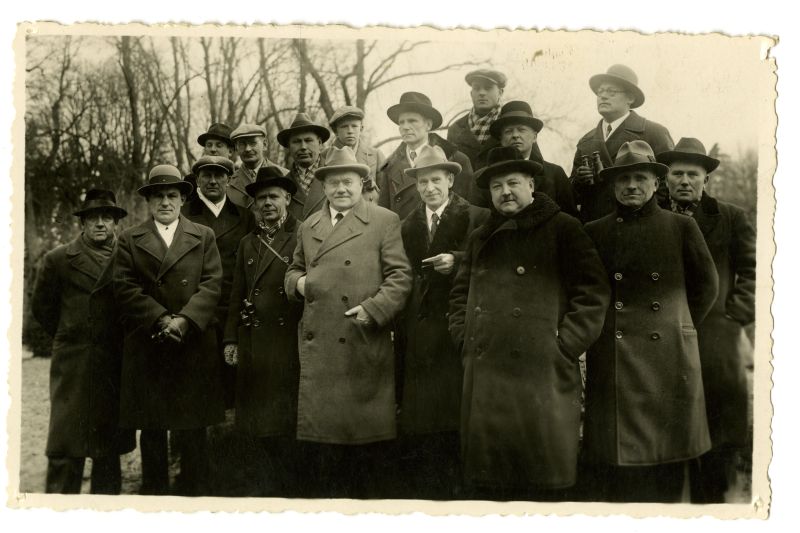
The collecting of exhibits for the exhibition started at the 100th anniversary of the Estonian Ornithological Society.
The founding of the Estonian Ornithological Society was undertaken in May 1921 by the rector of the new Estonian National University, otolaryngology professor Henrik Koppel, future zoology professor and nature writer Johannes Piiper (who defended his doctoral dissertation in London in 1927), botanist Gustav Vilbaste, conservationist Mihkel Härms as well as the Finnish scholar Johannes Gabriel Granö, who took part in laying the groundwork for geography in the Estonian language.
The objectives at that time were the accurate identification of the species of birds that were permanent and temporary residents in the homeland, the study of the way of life of the homeland birds, the accurate observation of the arrival and departure of native migratory birds, the spreading of knowledge to the public about the life of birds both orally and in writing, and the protection of birds.
Although the adjacent photo is extremely masculine, the Commission on Estonian Bird Names also included the future first female doctor of Tartu University, Liidia Poska-Teiss.
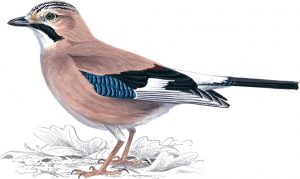
Partly as a trick question, we wanted to ask how the knowledge about bird life has reached the public and the museum. For that, we requested libraries, archives, museums and other memory institutions to send us fascinating birds from their collections. The exhibition turned out to be a fun joint initiative, where the participants did not limit themselves to a hundred-year time period or a narrow genre definition. Among other things, exciting everyday items and toys with a bird on them were sent both from collections and by private individuals (they can still be sent to keskkond@utkk.ee).
The exhibition uses bird drawings from the online bird guide of the Estonian Ornithological Society/Birdlife Estonia (drawn by Mike Langman, rspb-images.com).
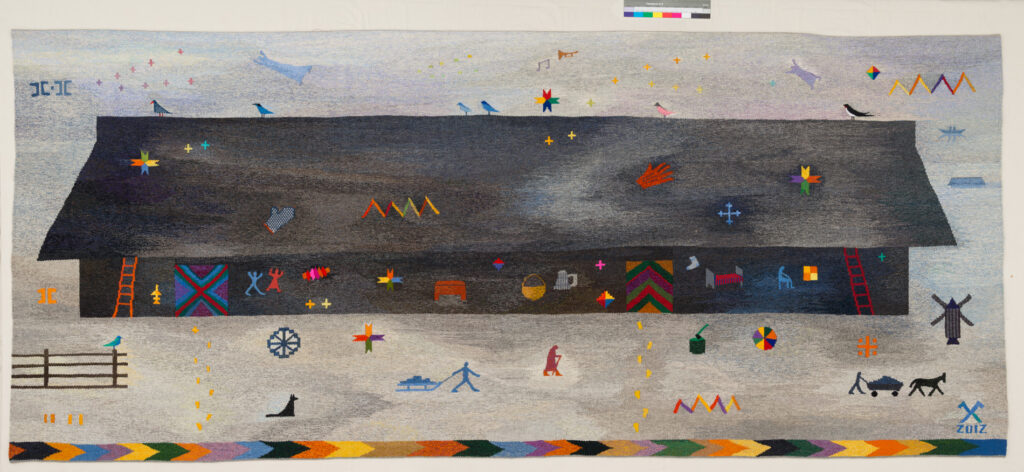
Farmhouse, barn swallows, and dream birds – an example from the exhibition
Textile artist and academician Anu Raud has recalled about the tapestry completed in 2011: „The larger tapestry “Rehi” (Farmhouse) was intended for the end wall of a large festive hall. I wondered what could be the symbol and image to represent Estonia. It seemed to be a farmhouse. Magnificent and powerful. The location required a clear image to have an effect from afar – it was a dark deep farmhouse on a light grey background. And for a closer look, there were patterns and symbols, patterns of life, figures and fragments of shapes, both inside the farmstead, in front of it, and on the roof and sky above it.“
There are indeed many things on this wonderful tapestry, including several birds. Maybe a pink-bellied bullfinch, some blue dream birds, even seabirds have suddenly fallen on the roof of the farmhouse. But on the ridge of the roof surely sits a barn swallow (in Estonian suitsupääsuke – ‘smoke swallow’), who is also named after this kind of a building. Let us, therefore, explore the etymology of this word:
The word swallow (pääsuke) is probably of primordial, onomatopoeic origin: humans have simply tried to imitate the twittering of swallows in this word. The word could be over 5000 years old: the same word strain is used in several Finno-Ugric languages close to us (e.g. Finnish pääsky, Hungarian fecske). However, the species extension smoke (suitsu) has been added to the name only 90 years ago – when Estonian birds officially got their names, i.e. in the „List of Estonian Birds“, published in 1922. It is a direct translation of the German word Rauchschwalbe, which presumably alludes to the smoky kitchen or even the chimney used as a nesting place. However, in some individual German-language sources, this name is also associated with a smoke hole in the building. Namely, in Germany as well as in Estonia, and in the entire forest zone of north-eastern Europe, people lived in buildings with stove heating but without a chimney – such was the traditional Estonian farmhouse (a threshing or drying barn) with its threshing room. The chimney is an addition of the second half of the 19th century. Smoke was let out of the room through a smoke hole. If the barn swallow happened to make a nest in a farmhouse, perhaps it went in and out through a smoke hole. The threshing room wasn’t used much by the farm family during summertime, and the swallow could well enough make a nest there. So, in the etymology of the name, one could also find common features with the construction tradition of our area.
(Elle-Mari Talivee, Meelis Uustal, Rahvuslinnu lugu)
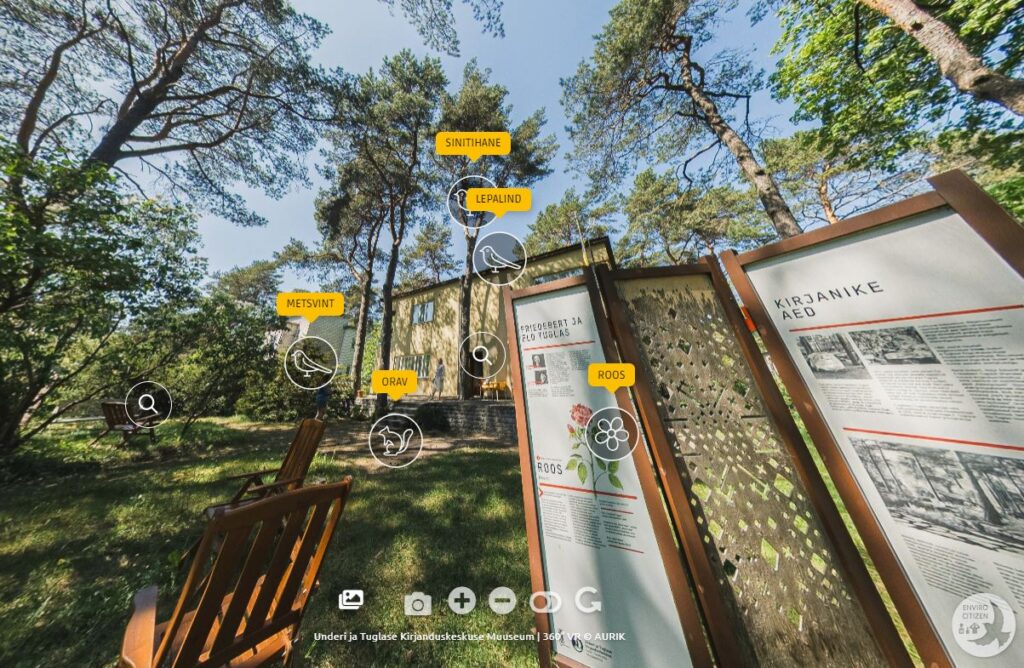
The exhibits are further illustrated from a natural history perspective by adding descriptions of species or interesting facts about real birds. The exhibition is also related to a virtual garden: the museum can be visited via a virtual tour at https://envirocitizen.utkk.ee/. The tour begins in the garden where visitors can identify quite a few bird species that nest in a Nõmme-Rahumäe garden, as well as many other things. In addition, educational materials about bird-related citizen science can be downloaded from the website — these are available not only in Estonian but also in Ukrainian in Katja Novak’s translation.

This project has received funding from the European Union’s Horizon 2020 research and innovation programme under grant agreement No 872557 “Envirocitizen – Citizen Science for Environmental Citizenship“.

Warning: Undefined property: stdClass::$sponsors_title in /data01/virt99046/domeenid/www.utkk.ee/htdocs/wp-content/uploads/cache/ff31c86d54a729eaa705879dc283c3c2984e3764.php on line 160

